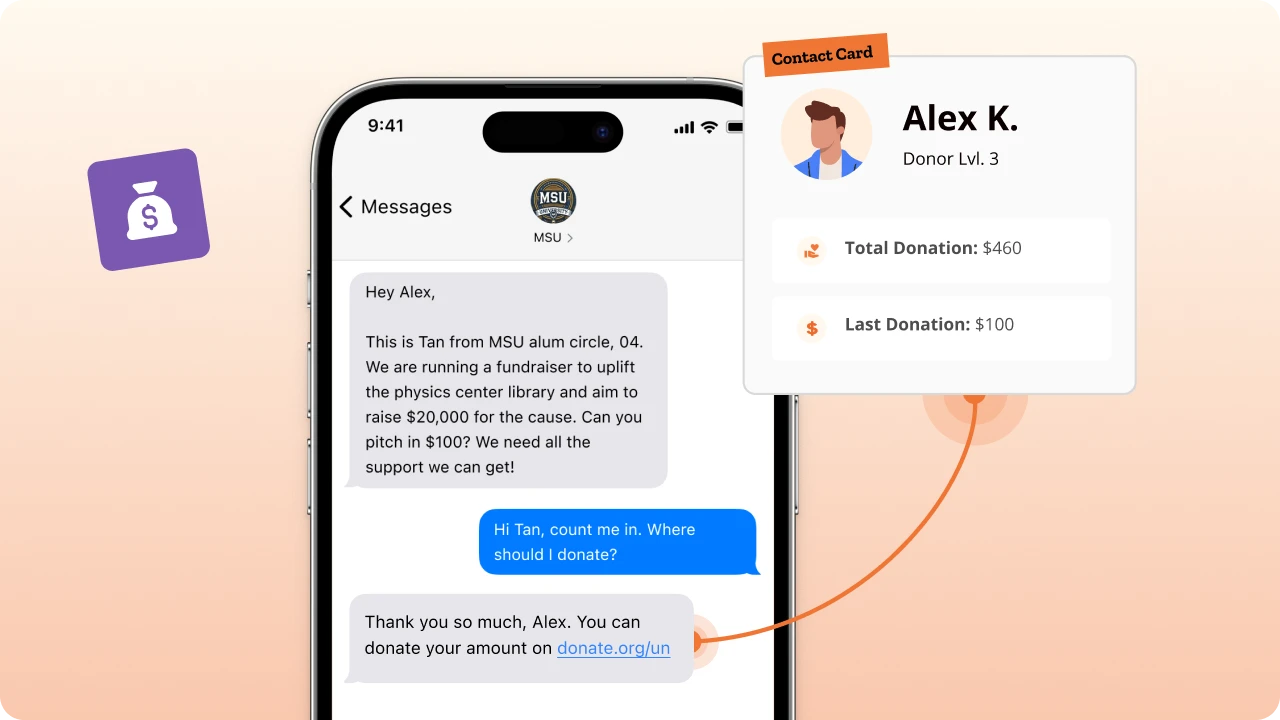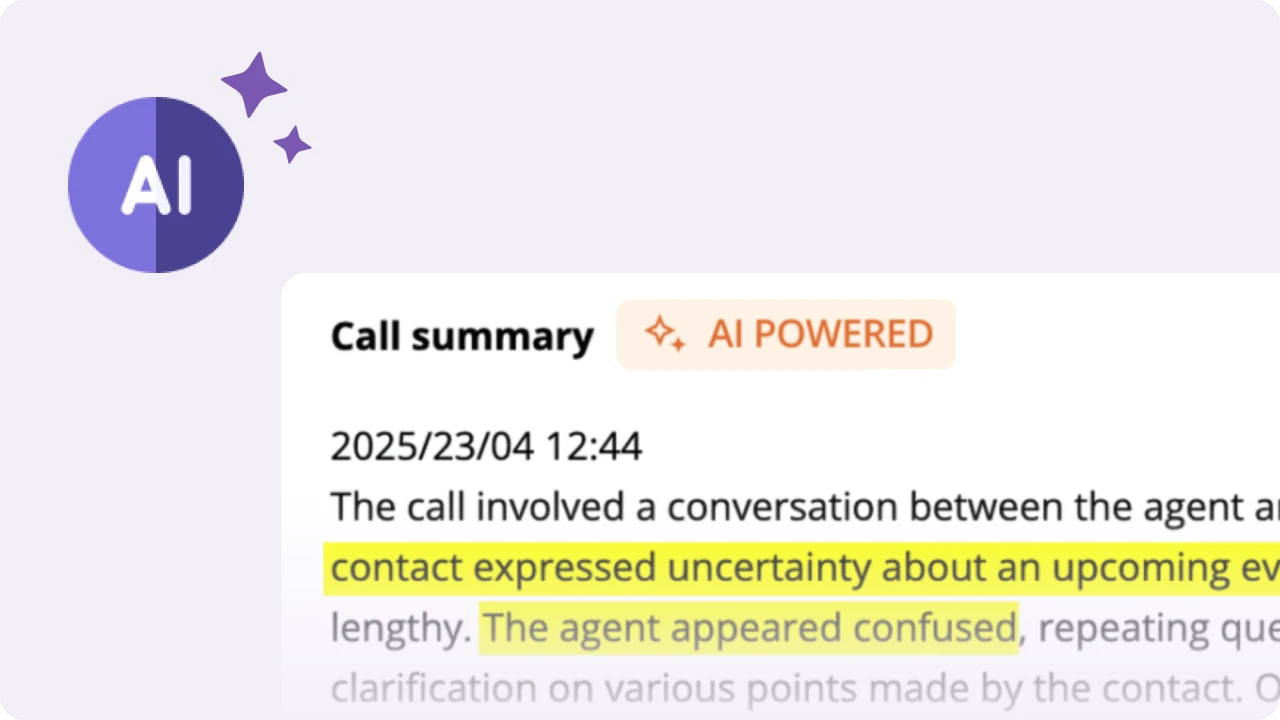Table of Contents
Social media isn’t just for memes and vacation photos anymore. It’s where people get their news, form opinions, and rally behind the causes they care about. In fact, 54% of Americans rely on social media advocacy for primary news.
Whether raising awareness, rallying support, or driving action, social media gives you the tools to instantly connect, inspire, and mobilize.
In this blog, we’ll explore how to use social media advocacy effectively to rally support for your cause.
What is social media advocacy?
In simple terms, social media advocacy is when people or organizations use platforms like Instagram, X (formerly Twitter), Facebook, or TikTok to speak out about causes they care about. It could be raising awareness, influencing policies, supporting a community, or encouraging action. The goal? To get more people to care—and act.
Here is a great advocacy example: #BlackLivesMatter movement.
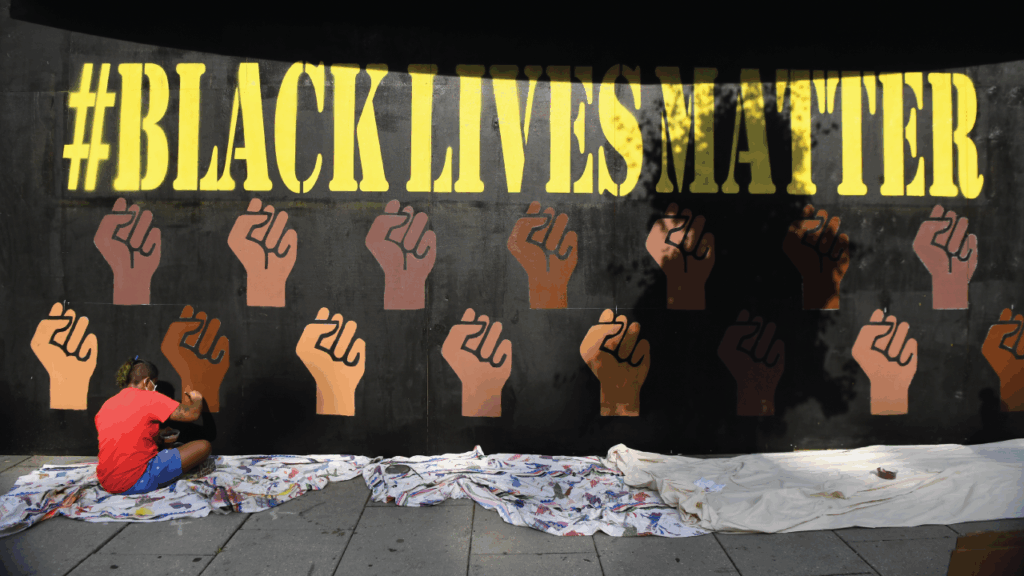
It began in 2013 after Trayvon Martin’s killer was acquitted, but the movement really took off after George Floyd was tragically killed in 2020. According to Pew Research, the hashtag #BlackLivesMatter quickly went viral.
It was used 3.7 million times a day, bringing attention to racism and police brutality. The movement has since led to fundamental changes, like more police forces using body cameras and pushing for accountability in cases of police violence.
This is the power of social media advocacy. It forces accountability on the established powers through the power of the people and community.
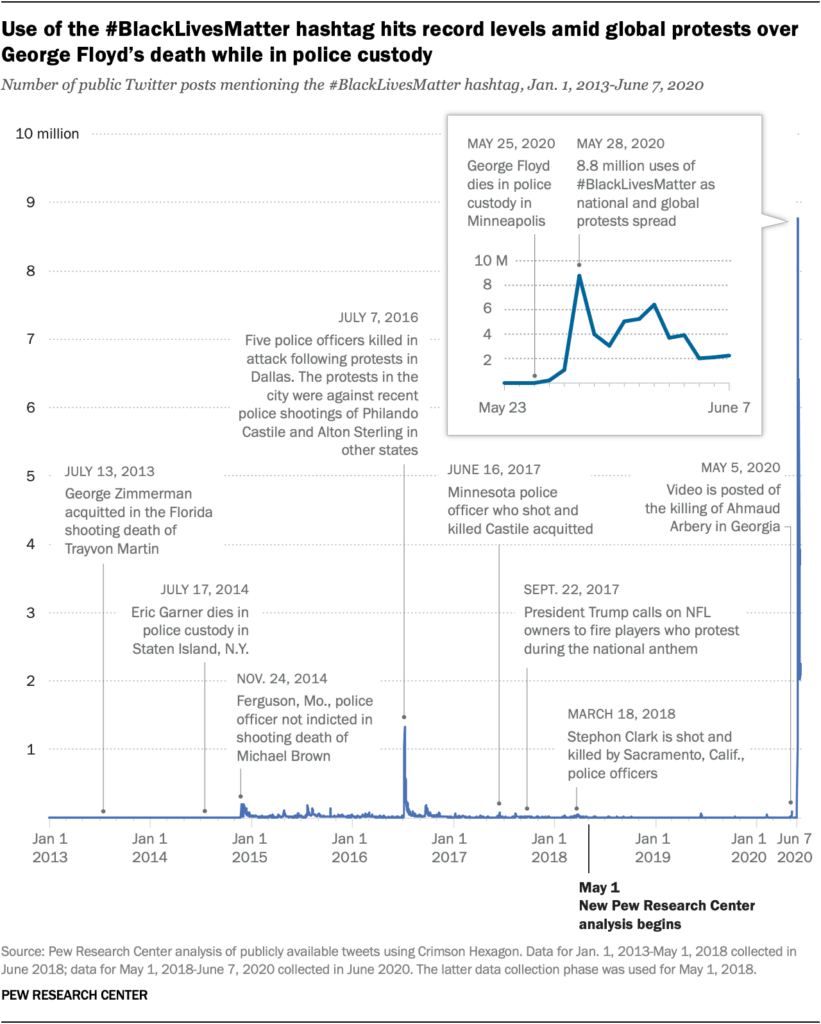
Why social media advocacy matters
Not just one, but many reasons why one should use social media for advocacy, let’s look at them one by one:
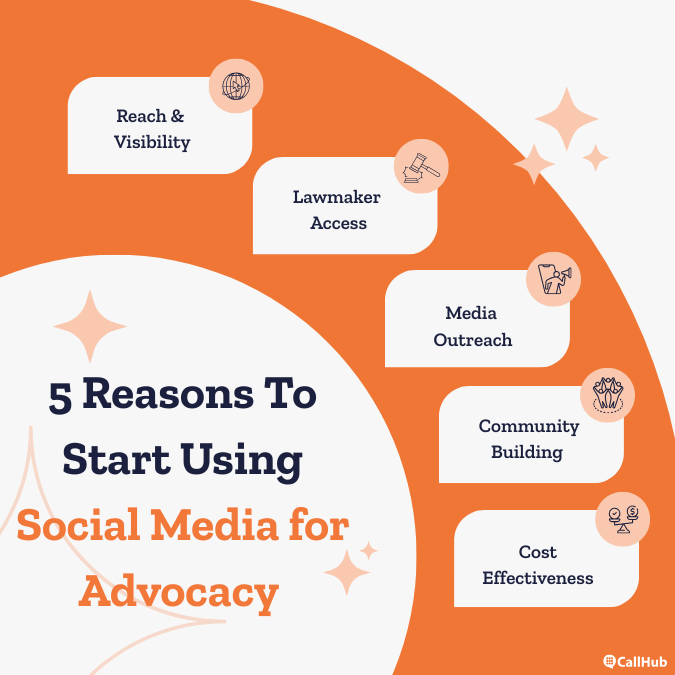
1. Reach and visibility
With over 4.8 billion people worldwide active on social media, it offers a unique opportunity for unparalleled reach via:
- Global audience: Advocates can quickly share their messages across continents instantly
- Viral potential: Engaging content can be shared rapidly, increasing visibility exponentially.
- Targeted outreach: Platforms allow for demographic targeting, ensuring messages reach the intended audience.
Social media advocacy isn’t just powerful—it’s essential for today’s movements!
2. Lawmaker access
Social media advocacy bridges the gap between the public and policymakers through:
- Direct communication: Citizens can engage with lawmakers through comments, mentions, and direct messages.
- Public pressure: Viral campaigns can prompt responses from officials and influence policy decisions.
- Transparency: Lawmakers’ activities and stances are more visible, allowing for informed advocacy.
This direct line of communication enhances democratic participation and accountability.
| The #SaveGojek movement |
| In December 2015, Indonesia’s transportation ministry banned app-based ride-hailing services like Gojek and Uber, citing regulatory concerns. The public reacted swiftly, with the hashtag #SaveGojek trending with 221 million uses nationwide. The overwhelming online support prompted President Joko Widodo to intervene, reversing the ban within hours. This incident underscores the power of social media in influencing policy decisions. |
3. Media outreach
Social media complements traditional media in these ways:
- Story boost: Journalists track social platforms for trends and public opinion.
- Press engagement: Organizations can tag or message media personnel to highlight issues.
This synergy between social media advocacy and traditional media amplifies your efforts.
4. Community building and engagement
34% of social media users have joined issue-based advocacy groups, showing how platforms enable advocacy communities to connect, share, and collaborate.
- Interactive platforms: Features like groups, live sessions, and forums encourage real-time dialogue and collaboration.
- Shared experiences: Users can share personal stories, which fosters empathy and solidarity among members.
- Mobilization: Communities can easily organize events, petitions, and campaigns, driving collective action.
Here is an advocacy example:
The #MeToo Movement
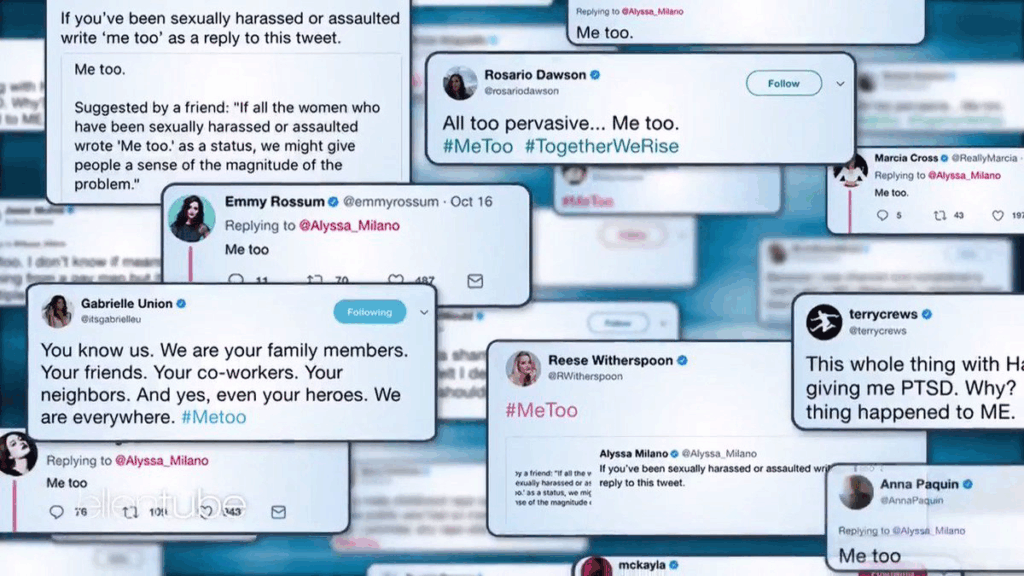
| We’re all well aware of the #MeToo movement, right? This was started by Alyssa Milano’s call to share workplace harassment stories using the hashtag “#MeToo,“ which went viral, shedding light on the widespread issue of sexual harassment.The movement led to significant changes in workplace policies and empowered more people to speak out without fear of retaliation.Social media’s role in amplifying these voices shows the power of online communities in driving social change. |
5. Cost-effective
Compared to traditional advocacy methods, social media advocacy is highly economical:
- Low entry barrier: Setting up multiple accounts and creating content often requires minimal financial resources.
- Tools: Many platforms offer free analytics and a content creation advocacy toolkit.
- Organic reach: If your cause is legit. It can achieve significant reach without paid promotion.
This affordability makes advocacy accessible to individuals and organizations with limited budgets.
Read also: Digital organizing 101 – Tactics, tools and the ladder of engagement.
Platform-specific approaches for social media advocacy
1. Facebook for social media advocacy

Currently, it’s estimated that around 193.8 million people in the United States use Facebook. Still the largest platform by active users, Facebook is a powerful place to build community, share updates, and post deeper content for social media advocacy. It’s perfect for long-form posts, advocacy event pages, and group organizing.

A prime example is the “Support the Monks” protest in Burma’s Facebook group, which was key in organizing global actions for democracy in Burma. Growing to nearly 500,000 members, the group evolved into the Burma Global Action Network (BGAN), successfully mobilizing worldwide support for Burma’s democracy. Through social media advocacy, BGAN coordinated events like the Global Day of Action, using Facebook groups to unite people globally for collective action.
What you can do:
- Post status updates, links, calls to action, and event info
- Tag people or organizations using @name
- Use hashtags like #DSPWeek2024 or #WomensRights to join conversations
- Create or join ‘facebook groups’ for grassroots advocacy and peer collaboration
- Go live to share real-time updates or campaign events
Example advocacy example post:
Big win for the community today! Thanks to all who showed up and spoke out. Let’s keep pushing for change during #DSPWeek2024 💪
Join our next action: [link]
#SocialMediaAdvocacy #GrassrootsAdvocacy BeTheChange #TakeAction #PolicyChange
Tips for Facebook:
- Use strong visuals—posts with photos/videos get more engagement
- Keep captions short and link to longer resources when needed
- Cross-share content from allies to build community momentum
- Use your “wall” to interact—respond to comments, and encourage discussion
2. Instagram for social media advocacy

Why Instagram?
With 28.3% of U.S. users aged 25–34 and 26.5% aged 18–24, Instagram is ideal for social media advocacy. It’s where you show, not just tell—perfect for building awareness, sharing stories, and inspiring action. A perfect example of this is explained below:
National Geographic’s #PlanetOrPlastic campaign

| National Geographic leveraged instagram stories to promote environmental awareness, encouraging followers to pledge against plastic use. The campaign combined compelling visuals, making the cause both relatable and actionable. People started clicking pictures and shared them using the #PlanetOrPlastic hashtag. |

What you can do:
- Post striking images or infographics related to your cause
- Use stories to share quick updates or event recaps (they disappear after 24 hours)
- Use reels to create short, catchy grassroots advocacy clips
- Tag people using their Instagram handle(@callhubhq)
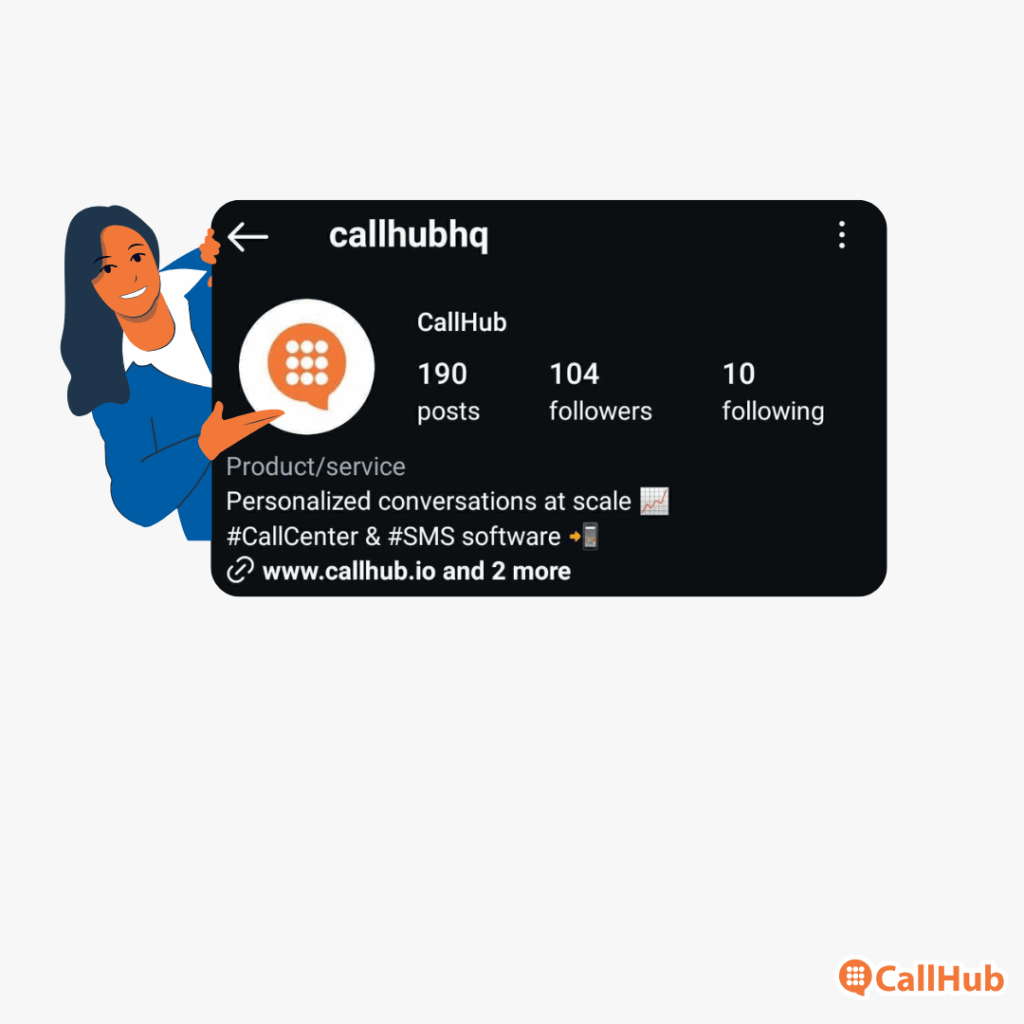
- Use geolocations to expand your reach
- Use hashtags generously: mix custom and trending tags.
Instagram tips:
- Avoid text-heavy graphics—keep it visual
- Stick to short, engaging captions
- Use collections to save or group related posts
- Take advantage of polls, stickers, and questions in stories to boost interaction.
- Try the 5-3-1 rule: Like 5 posts, comment on 3, and aim to gain 1 new follower.
3. Twitter/X for social media advocacy

As of early 2023, users send 500 M+ tweets daily—6,000 per second. That speed makes Twitter a powerful social media for advocacy. It’s ideal for grassroots advocacy, breaking news, and real-time updates. A must-have in any advocacy toolkit or list of resources for advocacy.
This is one classic example of a successful Twitter advocacy campaign:
Dakota Access Pipeline Protests
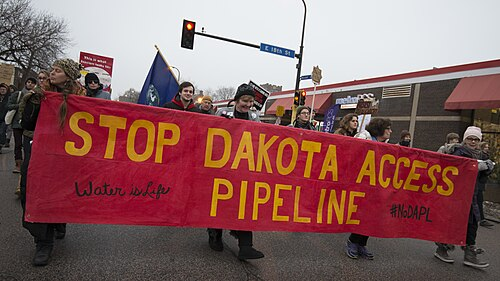
| In 2016, Indigenous youth launched the #NoDAPL campaign to protest the Dakota Access Pipeline, which endangered the water supply and sacred sites of the Standing Rock Sioux Tribe. The campaign became a symbol of Indigenous resistance and environmental justice. The hashtag #NoDAPL captured the movement’s grassroots spirit, created and driven by frontline activists. |

| They used Twitter to share photos, videos, and live updates from the protest camps. The hashtag helped spread their message worldwide, got media attention, and brought in support from people who had never heard about the issue. |
What you can do:
- Tweet updates (280 characters max), use threads for storytelling
- Tag individuals or groups using @handle
- Use hashtags to join or spark conversations, e.g., #SocialMediaAdvocacy, #SaveOcean, #PolicyChangeNow
- Retweet supporters or advocacy allies
- Live-tweet events or rallies for instant impact
Advocacy example tweet:
Proud of the action today during #DSPWeek2024 💪 Policy change is possible when we speak up. Thanks @AlliedVoices for leading the way.
#SocialMediaAdvocacy#DSPWeek
Tips for Twitter:
- Keep tweets short and punchy
- Use tools like Bitly to shorten links
- Always double-check handles—there are lots of lookalikes
- Be responsive: reply, retweet, quote-tweet to keep the conversation going.
4. YouTube for social media advocacy
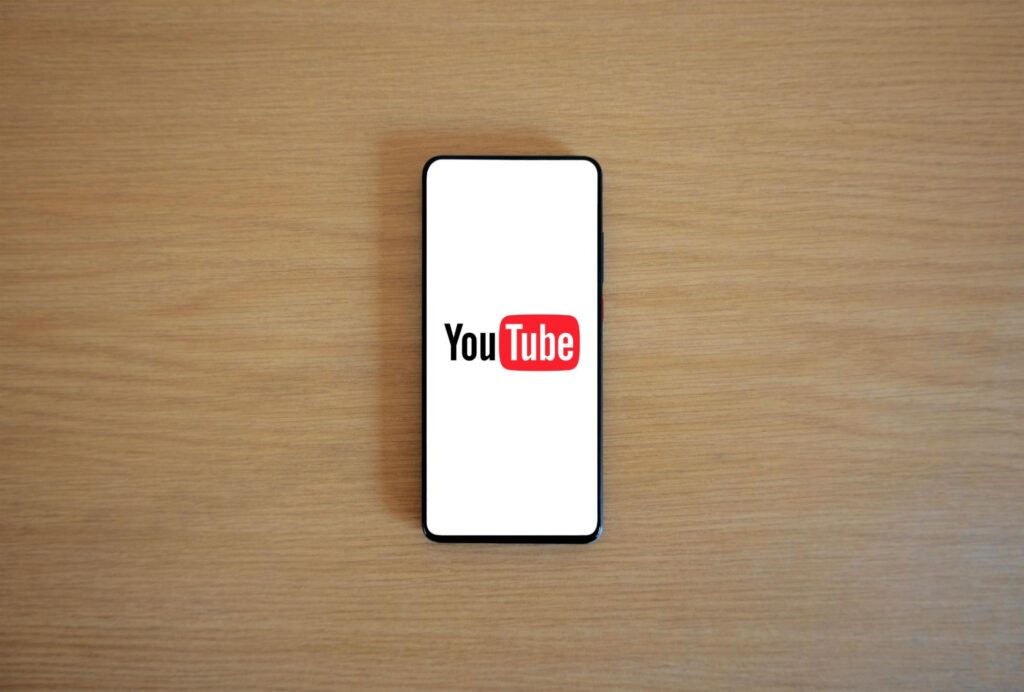
It’s the second-largest search engine with 2.7 billion active users. YouTube is a powerful platform for social media advocacy, meaning your advocacy stories can be discovered for years. Great for long-form storytelling, explainer videos, and campaign recaps.
Let’s say you’re an activist group fighting plastic pollution. A video showing the impact of single-use plastics on local communities, paired with testimonials from residents, can hit differently than a quick reel. Now, as YouTube shorts are trending, we can use that too. That’s the kind of storytelling that sticks.
The same example of the #PlanetOrPlastic campaign, on YouTube, they released a show called ‘Explorer’s Fest’ where the scientists and storytellers from around the world share their discoveries and insights, along with their solutions for creating a more sustainable future.
What you can do:
- Create compelling videos explaining your issue (e.g., “What is environmental justice?“)
- Share advocacy examples like interviews, community testimonials, or event highlights
- Use YouTube shorts for quick, snackable advocacy clips
- Add your videos to playlists (e.g., “Climate Action Stories”)
- Use keyword-rich titles and descriptions for visibility
Tips for YouTube:
- Invest in clear audio and good lighting—it doesn’t have to be fancy!
- Include links to petitions, resources, or advocacy, and social channels in your video descriptions.
- Encourage viewers to comment and share—engagement helps reach new audience.s
5. TikTok for social media advocacy
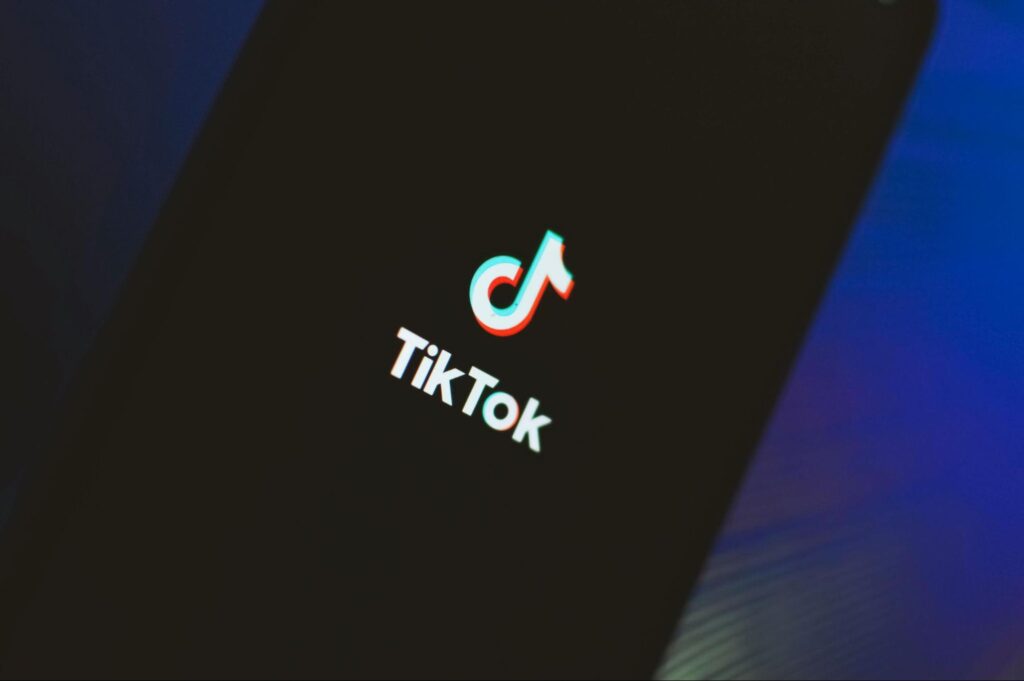
Short-form. Super shareable. Seriously addictive. TikTok is where trends are born and communities thrive for social media advocacy, especially among Gen Z.
In fact, 58% of U.S. Gen Z users prefer TikTok over other platforms. If you’re aiming to boost grassroots advocacy, especially with younger audiences, this is your playground. Just remember: creativity wins here!
What you can do:
- Post 15–60 second videos that are relatable, funny, or moving
- Use trending sounds and challenges to amplify your message
- Highlight real people involved in your cause (lawmakers)
- Use simple text overlays to educate while entertaining
- Add relevant hashtags(#)
Tips for TikTok:
- Stay on trend but stay true to your voice
- Short, powerful captions work best
- Use music and effects creatively to stand out
- Respond to comments with video replies—it boosts visibility
Here is the basic way to conduct yourself on any social media platform:
| 1. | Stay professional | Share your views, but keep them respectful and clear. |
| 2. | Have separate accounts | Use different profiles for personal and professional posts. |
| 3. | Know when to log off | If things turn negative, it’s okay to disengage |
| 4. | Think before you post | Once it’s online, it’s there forever. Be mindful |
Now you know what and how to advocate on each platform.
Read Also: Storytelling for Advocacy: The Only Way You Get True Support
Winning strategies for social media advocacy
Social media advocacy can be a powerful tool for creating change and mobilizing support for your causes. Here’s how to effectively harness it:
- Develop a clear end goal
Define specific, measurable objectives for your advocacy efforts. For instance, instead of a vague goal like “increase awareness,” aim for “boost petition signatures by 25% within two months.” Clear goals help track progress and guide your social media advocacy strategy and messaging.
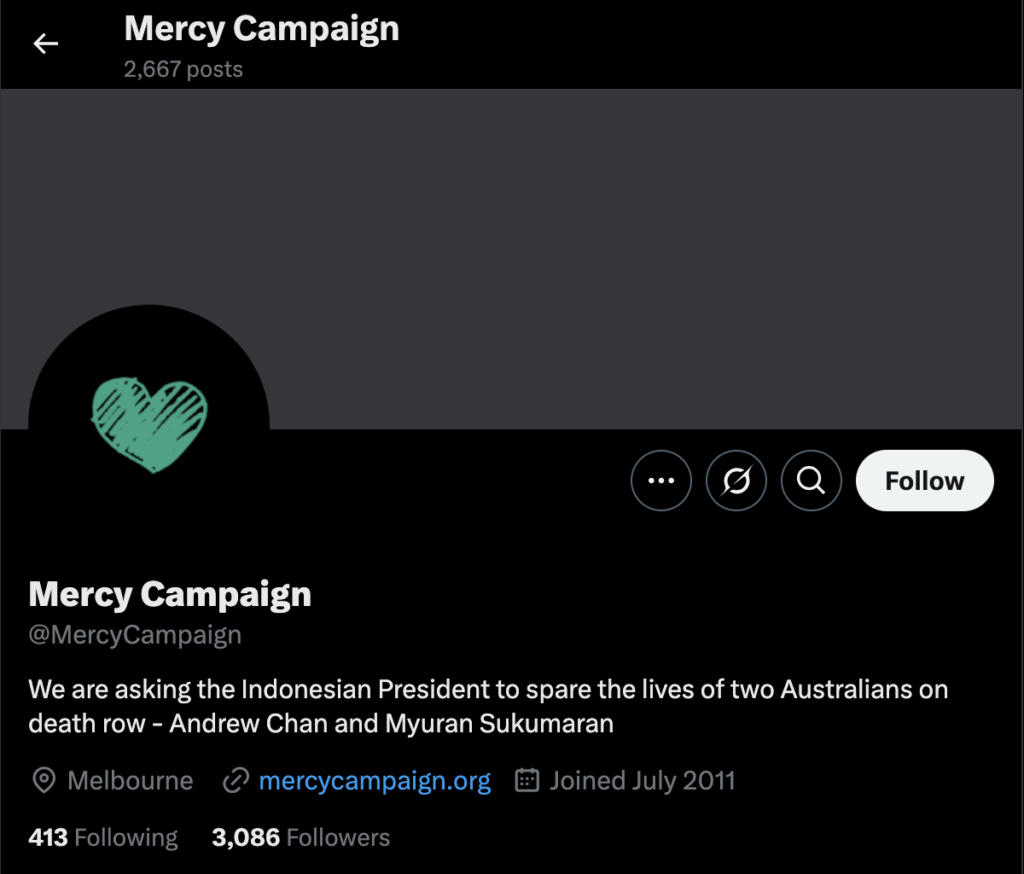
| Take this advocacy example of “The Mercy Campaign,” aimed at securing clemency for two Australians on death row in Indonesia. Their clear objective—to collect signatures for a petition to the Indonesian president—resulted in over 250,000 signatures, demonstrating the power of a focused goal in mobilizing support. |
- Complete a profile audit
Ensure all your social media profiles are fully optimized to support your social media advocacy efforts. This includes using high-quality images, crafting compelling ‘About’ sections, and updating cover photos to reflect current campaigns. A well-maintained profile enhances credibility and engagement. - Create a regular posting schedule
Consistency is key. Develop a social media content plan as part of your advocacy toolkit to maintain a steady flow of posts. Regular updates keep your audience engaged and informed, increasing the likelihood of shares and interactions, which are essential components of social media advocacy
Let’s see the advocacy example of John Fetterman’s Senate campaign.

| During his campaign, John Fetterman’s team maintained a consistent posting schedule. This approach to grassroots advocacy ensured regular engagement, kept followers informed and connected, contributing to his electoral success. |
- Design engaging visual content
Utilize eye-catching visuals like infographics, videos, and images to convey your message. In social media advocacy, visual content is 40 times more likely to be shared and can communicate complex information more quickly than other types of content.

| In this advocacy example, a digitally created image highlighting Rafah’s plight went viral and was shared over 50 million times on Instagram. The compelling visual drew global attention to the humanitarian crisis, showcasing the impact of powerful imagery in advocacy. |
- Leverage platform-specific features
Tailor your social media advocacy strategy to each platform’s unique features. For example, Facebook’s community tools can be used to foster discussions, YouTube’s long-form video format can be used for storytelling and deep dives, and Instagram’s hashtags can be used to reach broader audiences.
Advocacy win:
The #ShoutYourAbortion campaign utilized Twitter’s hashtag feature to encourage individuals to share their abortion experiences. This campaign was a groundbreaking movement aimed at breaking the stigma surrounding abortion by encouraging people to share their experiences openly.
The campaign sought to amplify voices, normalize conversations about abortion, and empower individuals to own their stories. This platform-specific strategy facilitated widespread participation and grassroots advocacy.
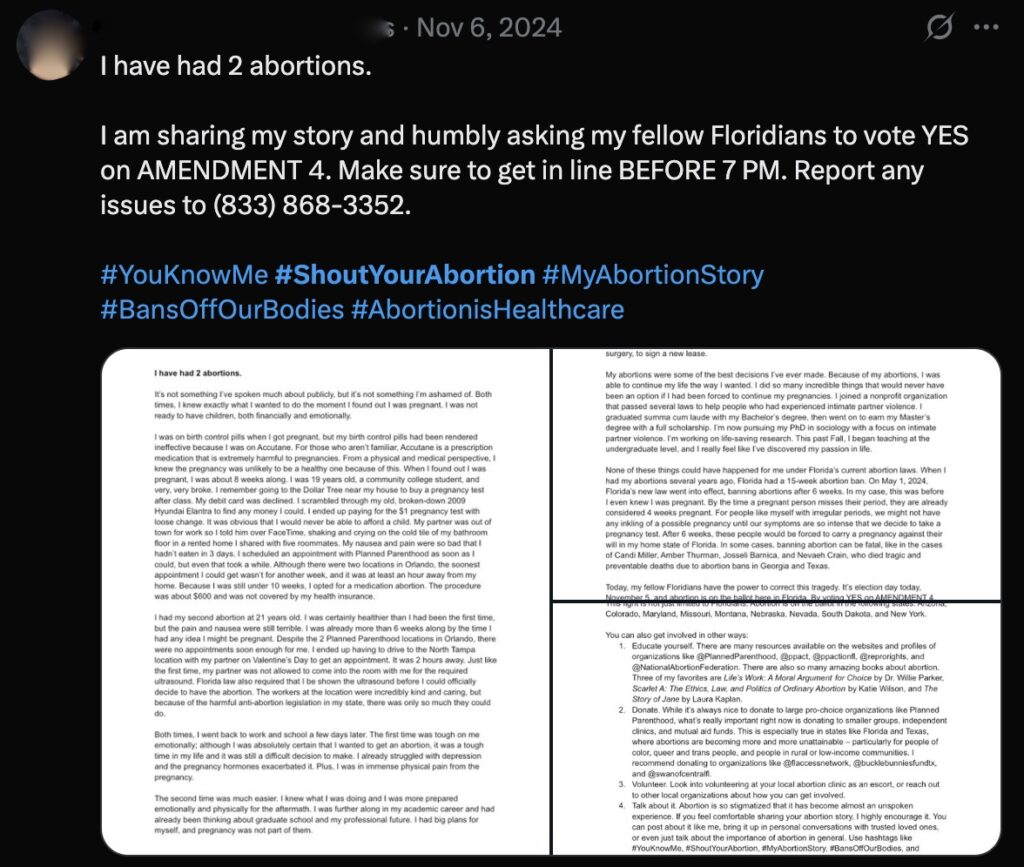
Successful social media advocacy combines goal-setting, optimization, content strategy, and platform-specific approaches to make a meaningful impact. You can read more strategies for effective advocacy here.
Measuring the impact of social media advocacy
If you’re running a social media advocacy campaign—whether it’s a grassroots advocacy push or part of a bigger strategy—measuring your impact is just as crucial as creating compelling content.

| KPI | Definition | Why it matters | How to measure |
| Engagement rate | Percentage of interactions (likes, comments, shares) relative to followers | Indicates how compelling your content is to your audience. | (Total engagements / Total followers) × 100 |
| Reach | Number of unique users who saw your content. | Helps assess how far your grassroots advocacy message is spreading. | Available in platform analytics (e.g., Facebook Insights, Instagram Insights) |
| Click-through rate (CTR) | Percentage of users who clicked on a link in your post. | Shows the effectiveness of calls-to-action in driving traffic. | (Total clicks / Total impressions) × 100 |
| Conversion rate | Percentage of users who completed a desired action after clicking. | Measures how well your content drives desired outcomes (e.g., sign petitions, donations). | (Total conversions / Total clicks) × 100 |
| Social share of voice (SOV) | Your brand’s share of total industry mentions. | Evaluates brand visibility compared to competitors | (Your brand mentions / Total industry mentions) × 100 |
| Audience growth rate | The rate at which your follower/supporter count increases over time. | Indicates expanding reach and growing interest in your cause | (New followers / Total followers) × 100 |
Use the data from these KPIs to spot what’s working and what’s not in your social media advocacy. These insights help you fine-tune your message and make every post count toward your advocacy goals.
Read also: Advocacy campaigns that will inspire you.
To-do action items for social media advocacy
| To-do | Why it matters | Pro tip |
| Follow policymakers | Stay in the loop with key decision-makers. It opens up opportunities for engagement. | Interact thoughtfully with their posts to build rapport. Use platforms like Twitter for direct engagement. |
| Build your community | A strong community boosts your cause and spreads the word. | Host events, share wins, and keep the energy going within the community. |
| Share visual content | Visuals catch attention and make your message stick. | Make it accessible—use captions and high-quality visuals. |
| Check mentions | Keep an eye on how people talk about your cause. | Set up alerts on platforms like ‘Google Alerts’ or use social media monitoring tools to track mentions. |
| Respond to comments | Don’t just post and ghost—engage! It builds trust and encourages more interaction. | Reply promptly and thoughtfully to comments and direct messages |
| Monitor trends | Jump on relevant trends to increase visibility. | Check TikTok’s “Discover” or Twitter’s “Trending” tabs for relevant topics that match your goals. |
By staying active, engaged, and responsive, you can amplify your advocacy efforts and create a lasting impact.
What’s next?
With the right tools and platforms, it’s time to engage with changemakers and turn your momentum into real action. But remember, effective communication is key.For more insights on harnessing the power of communication in advocacy, check out our blog: Say The Right Things: How to Use Communication For Advocacy

